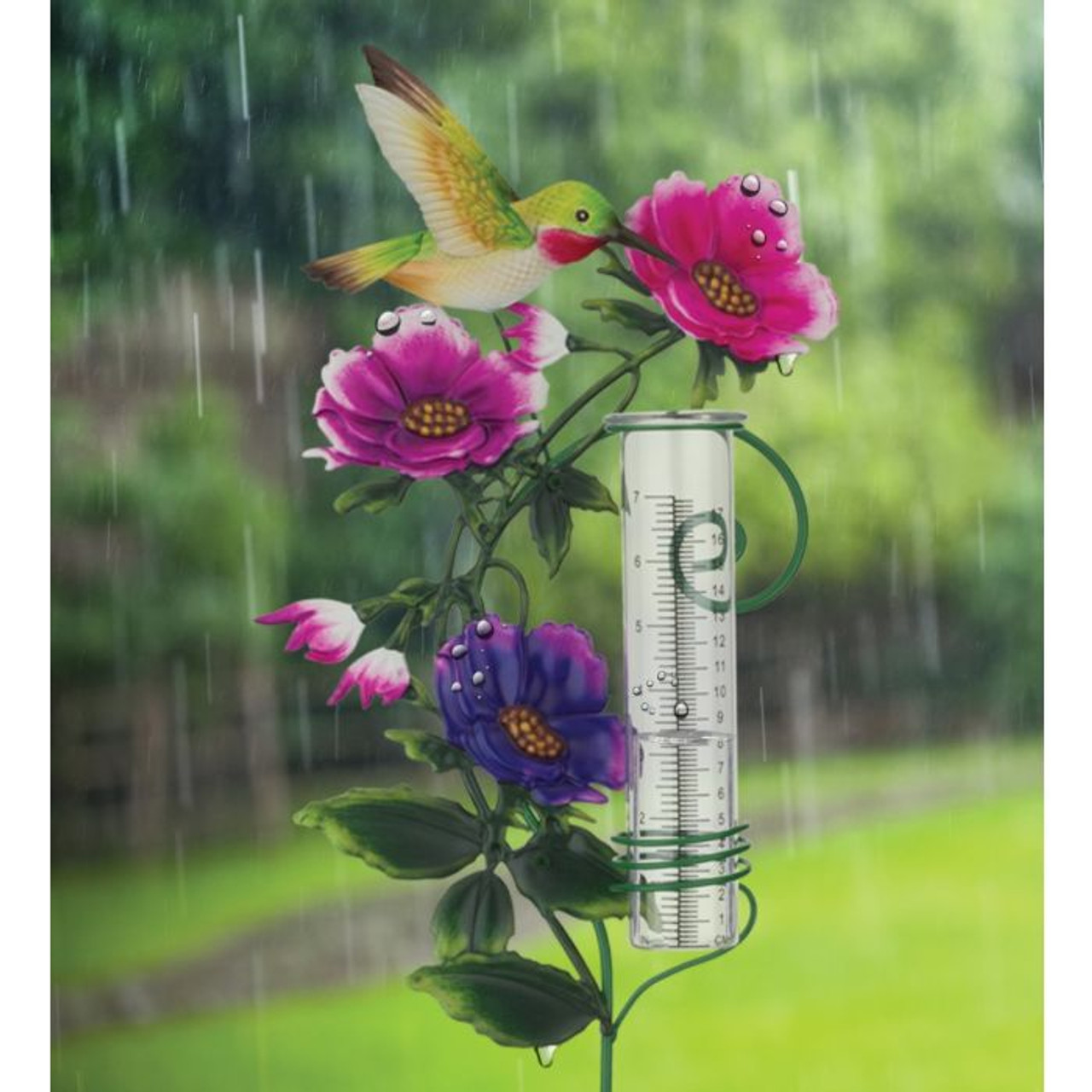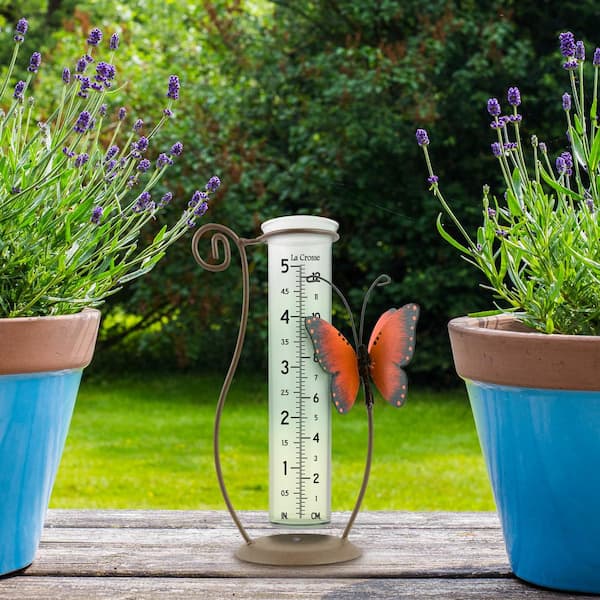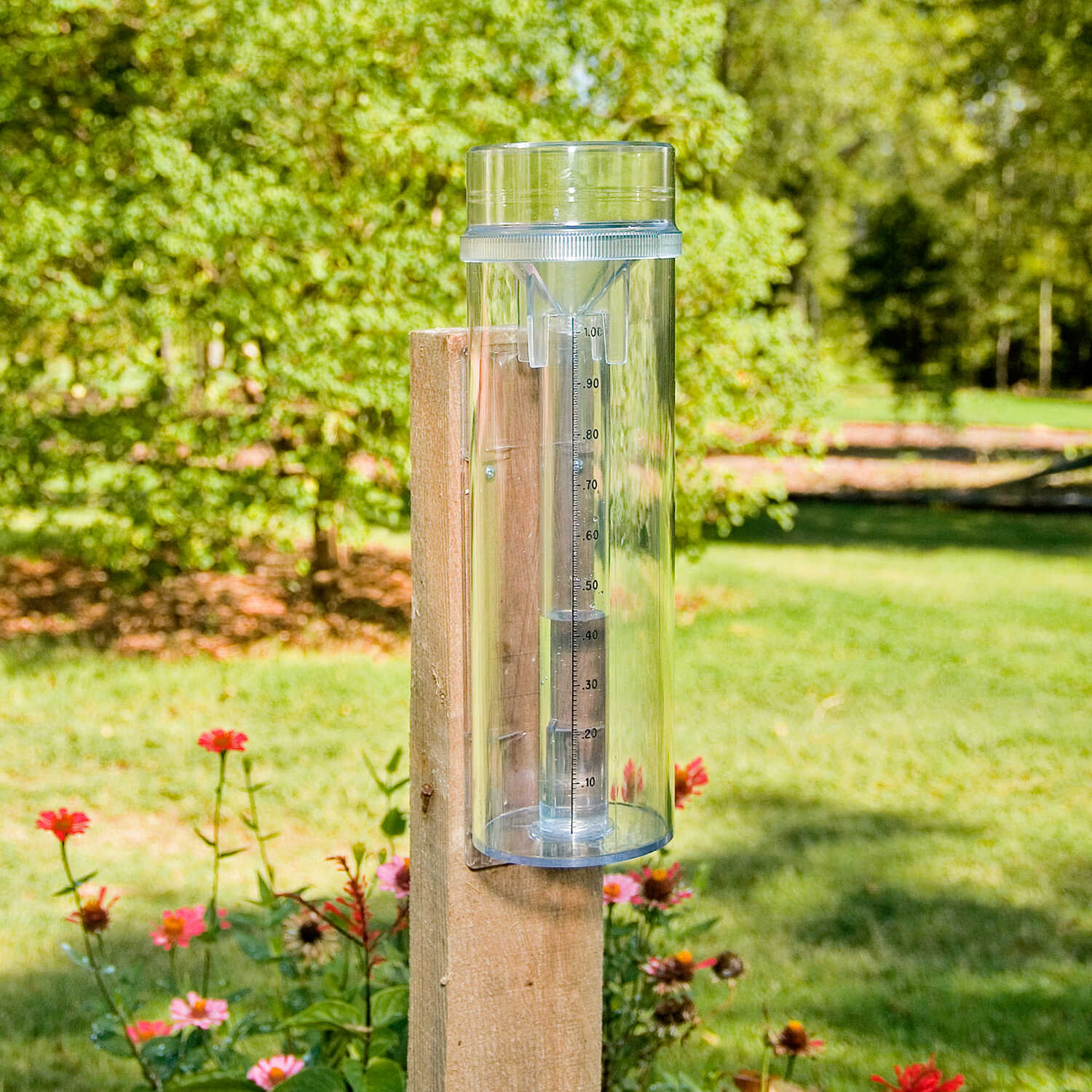The Rain Gauge: Decoding Rain Patterns and Enhancing Climate Awareness
Wiki Article
Exactly How to Pick the Right Rainfall Gauge for Accurate Rain Data
Exact rainfall information is essential for various industries and activities, such as water, meteorology, and farming source management. To acquire dependable measurements, it is important to choose the appropriate rainfall scale. This overview intends to give valuable understandings right into the choice procedure, permitting you to make enlightened choices. Taking into consideration factors such as location, kind, and precision of the rainfall scale will assist ensure exact data collection. In addition, understanding the maintenance and calibration treatments will contribute to the long life and integrity of your rainfall scale. By following these standards, you can make certain accurate rainfall data, making it possible for much better decision-making and planning for numerous applications.Value of Picking the Right Rain Gauge
The significance of choosing the right rainfall scale exists in getting specific and reliable rainfall data for accurate meteorological evaluation. Rainfall data is critical for a wide variety of applications, consisting of climate forecasting, hydrological modeling, and climate research. Incorrect or undependable information can cause wrong conclusions and flawed decision-making processes.
Second of all, the precision and precision of the rainfall scale are extremely important. The scale must have the ability to measure rains with high precision, catching also percentages of precipitation accurately. It must likewise decrease mistakes because of evaporation, wind, and various other ecological aspects. Regular calibration and upkeep are necessary to ensure continuous precision.
Furthermore, the area and setup of the rainfall scale are essential considerations. It needs to be positioned in an open location, away from obstructions that can impact rainfall dimensions. The gauge ought to be placed at a proper elevation and angle to prevent splashing and make certain correct catchment of rainwater.
Factors to Consider When Choosing a Rain Gauge
When choosing a rainfall gauge, there are a number of essential variables to consider. These elements can substantially impact the accuracy and dependability of the rainfall information accumulated. The very first factor to think about is the sort of rainfall gauge. There are different types offered, including typical rain evaluates, tipping bucket rainfall determines, and considering rain assesses. Each kind has its very own advantages and disadvantages, so it is very important to select one that best matches your certain requirements and requirements.Another factor to consider is the product of the rainfall gauge. Rain gauges can be made from numerous materials, such as plastic, steel, or glass. The material chosen ought to be resilient and immune to weather conditions, ensuring that the rainfall scale will certainly hold up against the aspects and provide exact dimensions in time.
Precision is additionally an essential variable to consider. Try to find rain evaluates that have actually been adjusted and tested for accuracy. Functions such as anti-splash rings and funnels can also enhance the accuracy of the measurements.

Finally, take into consideration the climate and atmosphere in which the rain scale will certainly be utilized. Different rain gauges are appropriate for different climates, so it is essential to pick one that is ideal for the conditions in your area.
Various Sorts Of Rainfall Determines Offered
To better check out the aspects to take into consideration when picking a rain scale, it is very important to recognize the various kinds of rainfall determines offered. There are numerous sorts of rain determines, each with its very own benefits and disadvantages. The most common kind is the standard rainfall scale, likewise known as the cylindrical rain scale. This type includes a straight-sided cylindrical container with a funnel-shaped top. It is basic to utilize and gives exact measurements of rainfall.An additional kind of rain scale is the tipping container rainfall gauge. This scale utilizes a seesaw-like system to accumulate and measure rains. As the rain falls under the gauge, it loads up one side of the bucket, triggering it to tip and clear the water. The number of tips is counted online to determine the amount of rainfall. Tipping bucket rainfall assesses are prominent for their accuracy and capability to determine rainfall intensity.
A third kind of rain gauge is the considering rain gauge. This gauge uses an equilibrium system to determine the weight of the gathered rains. As the rainfall falls under the gauge, it is accumulated in a container connected to an equilibrium. The weight of the water is determined, and the rains quantity is calculated based on the weight. Evaluating rainfall assesses are extremely accurate but can be more pricey and need regular maintenance.
Ultimately, there are also remote rainfall gauges that usage advanced technology to gauge rainfall (The Rain Gauge). These gauges use sensors and transmitters to send data wirelessly to a main unit. Remote rain assesses are hassle-free for monitoring rains in hard-to-reach areas or for large-scale data collection
How to Figure out the Accuracy of a Rainfall Scale
One means to evaluate the precision of a rain scale is by carrying out normal calibration dimensions. Calibration entails comparing the readings of a rainfall scale to a standard measurement, such as a qualified great site rainfall gauge or a weather condition station with high precision. By comparing the measurements, any discrepancies or inaccuracies in the rainfall scale can be determined and represented.To conduct a calibration measurement, beginning by collecting rains information from both the rainfall gauge and the basic dimension gadget over a details time period, such as a month. Compare the readings and determine the difference between them. This distinction is recognized as the calibration mistake.
It is very important to keep in mind that calibration dimensions need to be executed consistently, as ecological factors, such as wind, debris, and temperature level, can influence the precision of the rain scale with time. By conducting normal calibrations, any kind of modifications in the accuracy of the rainfall scale can be detected and modifications can be made appropriately.
Along with calibration, it is also recommended to tidy and preserve the rain gauge routinely to guarantee its precision. Eliminate any debris or blockages that might affect the accuracy of the measurements, and look for any indicators of damage or put on that might require repair services or replacement.
Tips for Maintaining and Adjusting Your Rainfall Gauge
Routine upkeep and calibration are crucial for ensuring the accuracy and integrity of your rain scale in measuring rains data (The Rain Gauge). By complying with a few simple tips, you can ensure that your rain gauge is properly kept and adjustedFirstly, it is necessary to clean your rain gauge consistently to stop any kind of particles or dirt from obstructing the rainfall collection device. Use a moderate detergent and a soft brush to carefully clean the within and exterior of the scale. Wash it completely with tidy water and allow it to dry completely prior to re-installing it.
Secondly, it is suggested to calibrate your rain scale at the very least when a year. Calibration entails contrasting the dimensions of your rain gauge with those of look here a trusted and accurate recommendation gauge. This will aid you recognize and correct any potential mistakes in your rain gauge's dimensions.
To calibrate your rain scale, gather a recognized volume of water making use of a gauging container and compare it with the measurements videotaped by your rain scale. Readjust the analyses accordingly to guarantee precision.

Final Thought
In conclusion, choosing the ideal rain gauge is crucial for acquiring exact rains data. When picking a rain scale, aspects such as area, budget, and function ought to be considered. There are numerous types of rainfall evaluates readily available, each with their own benefits and constraints. It is crucial to frequently keep and calibrate your rain scale to guarantee its precision. By following these standards, exact rainfall data can be gotten for numerous applications.There are various kinds readily available, consisting of standard rain evaluates, tipping bucket rain evaluates, and evaluating rain assesses.To better discover the variables to consider when choosing a rainfall scale, it is vital to recognize the different kinds of rainfall determines available. The most common kind is the standard rain scale, also known as the cylindrical rain gauge.An additional type of rainfall scale is the tipping pail rainfall scale. Calibration involves contrasting the readings of have a peek here a rain gauge to a common dimension, such as a licensed rain scale or a climate terminal with high precision.
Report this wiki page